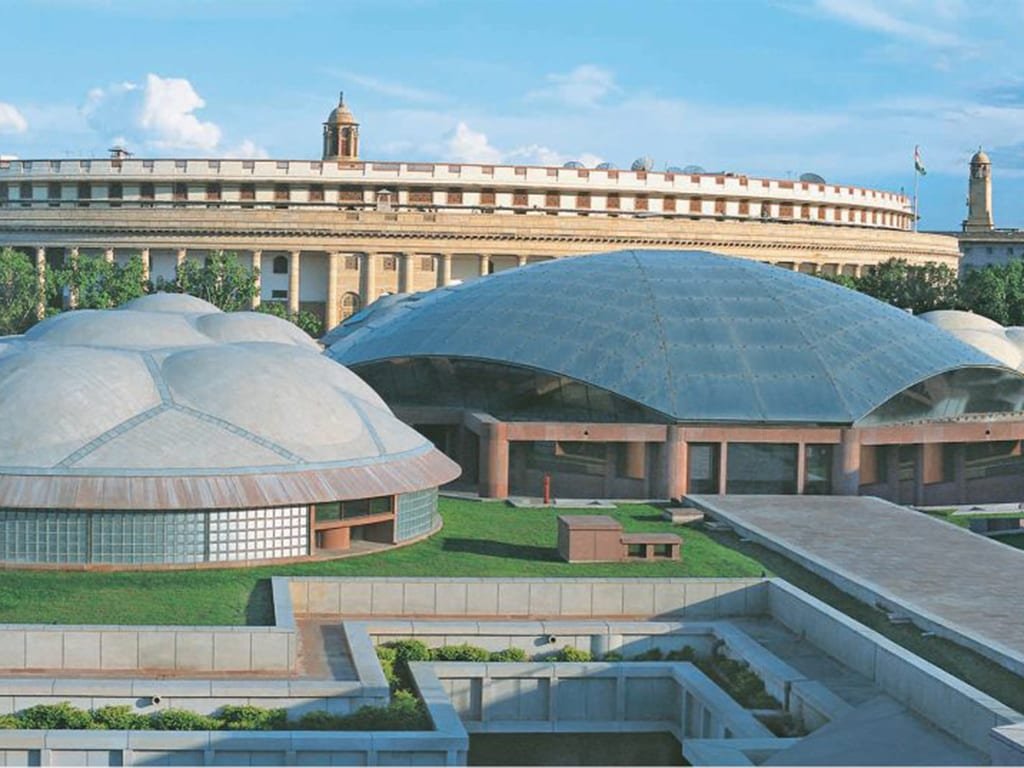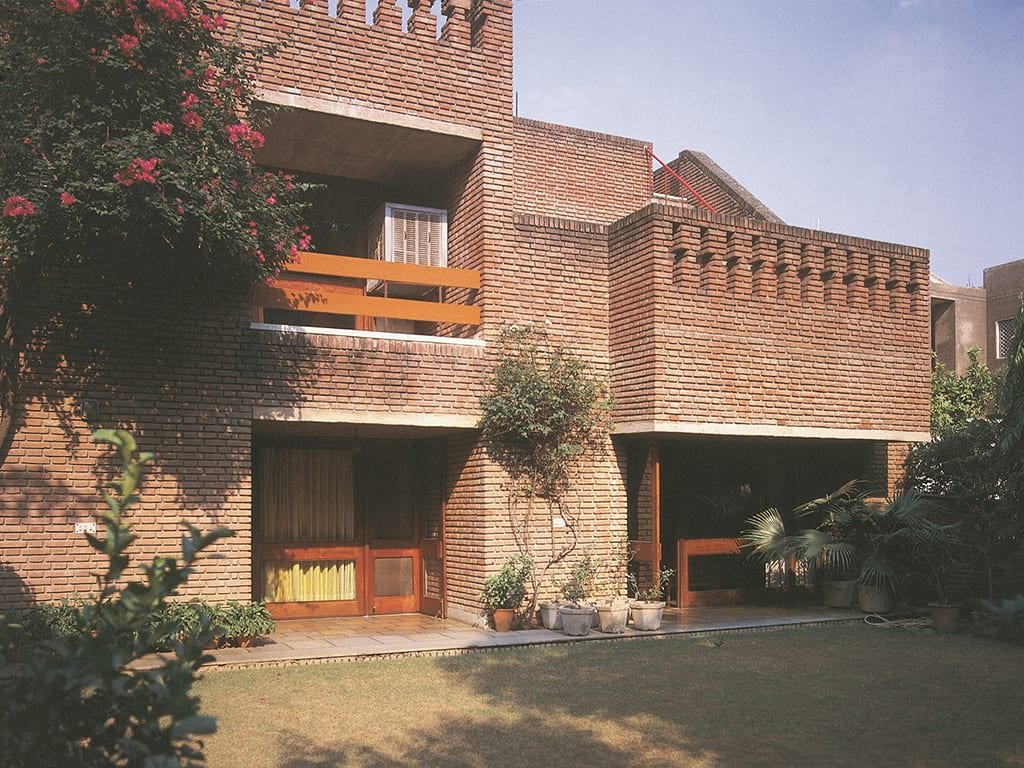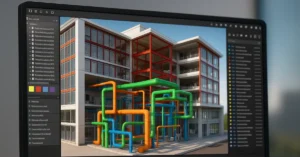“Architecture is a rare discipline where advancement of science & technology can be fused with poetic and artistic concern for progress with a humane face.” ~ Raj Rewal

Asian Games Village, New Delhi – Courtesy of rajrewal.in
Raj Rewal - Building with Poetry
Raj Rewal, an architect who believes that poetry is carved into a building. His designs go beyond mundane practices, it symbolizes different ingredients of life stirred to perfection. He expresses heritage and history through a modern vocabulary. And never fails to pay heed to sustainability and climate-responsive architecture. His buildings respond to rapid urbanization making Rewal well ahead of his time.

National Institute of Immunology, New Delhi – Courtesy of rajrewal.in
He was born in the year 1934, Hoshiarpur, Punjab. He did his B.Arch in School of Planning and Architecture, New Delhi and later went on to do his Master’s in A. A. School of Architecture in the year 1955. He then attended Brixton School Of Building from 1956-1960.

Parliament Library Building, New Delhi – Courtesy of rajrewal.in
Raj Rewal worked at Michel Ecochard’s office in Paris. In the year 1962 he set up his own practice ‘Raj Rewal Associates’ in New Delhi. He went on to teach at the School of Planning and Architecture, New Delhi between 1963-72. In 1974, he opened his second office in Tehran, Iran. He curated the exhibition “Traditional Architecture in India” organized by the government of India held in Paris.
Raj Rewal Associates have been in the practice for more than 50 years now. Some of their noteworthy projects include Asian Games Village, New Delhi; National Institute of Immunology, New Delhi; Parliament Library Building, New Delhi; Nehru Memorial Pavilion, New Delhi; Hall of Nations, New Delhi and Lisbon Ismaili Centre, Portugal.

Nehru Memorial Pavilion, New Delhi – Courtesy of rajrewal.in
Rewal's Philosophy Of Design
1. He believed in the rasa of architecture. Rasa in architecture essentially meant the spirit embodied by the building; it could be powerful and dynamic or gentle and reflective. Rewal emphasizes in puzzling a building complex together, creating a spirit of its own.
2. His buildings respond to the culture and climate of the site.
3. Emphasizes the play of natural light and form of a building.
4. Merges Geometry with rhythm in his designs.
5. Adopts a scale that reciprocates to its surroundings.

Hall of Nations, Pragati Maidan, New Delhi – Courtesy of rajrewal.in
Awards
- Gold Medal, Indian Institute of Architects, 1989.
- Robert Mathew Award, Commonwealth Association of Architects, 1989.
- Mexican Association of Architects award for regional values, 1993.
- Architect of the Year Award by J.K. Trust for the design of World Bank Resident Mission building in New Delhi, 1994
- Great Master’s Award by J.K. Trust for lifetime contribution to Modern Architecture in the post independence era in India, 1995.
- Lifetime achievement award by the Institution of Engineers, 2001.
- IBC award by the Indian Building Congress for Excellence in Built Environment for Parliament Library building, 2002.
- Golden Architect Award by A+D and Spectrum Foundation, 2003.
- Chevalier des Arts des Lettres award by the French Government, 2005.
- Knight of the Legion of Honour.
- John Michael Kohler Life TIme Achievement Award.

Lisbon Ismaili Centre, Portugal – Courtesy of rajrewal.in
Books
- Raj Rewal – Humane Habitat at Low Cost
- Raj Rewal – Library for the Indian Parliament
- Raj Rewal – Monograph in English
- Raj Rewal – Humanisme Et Aechitecture
- Raj Rewal – Innovative Architecture and Tradition
- Talking Architecture – Raj Rewal in Conversation with Ramin Jahanbegloo

Shamla Residence, New Delhi – Courtesy of rajrewal.in
Conclusion
He is known for his creation of humane architecture. His buildings leave a mark of our culture and heritage, which informs generations of the cultural ethos possessed. He was influential in shaping India post independence.
He believes that modern architecture can solve the urban crisis of exploding population with the help of traditional know-how of culture and climate, as those techniques are still significant in this time and age.
The Archgyan Podcast is sponsored by our Courses. Sign Up Now to start your Architecture & Interior Design Journey.










